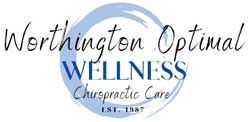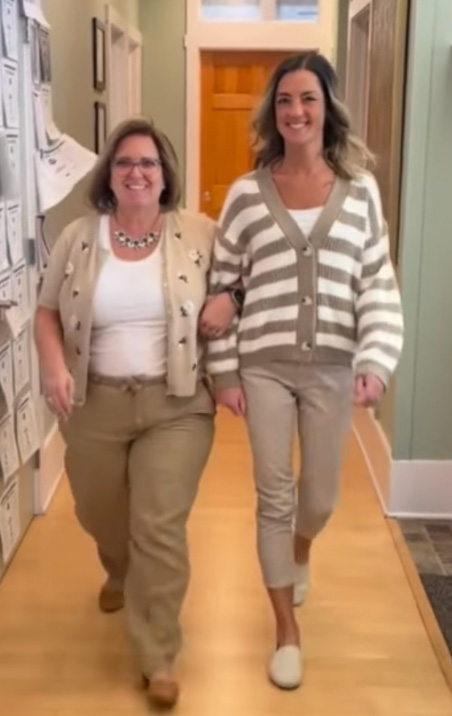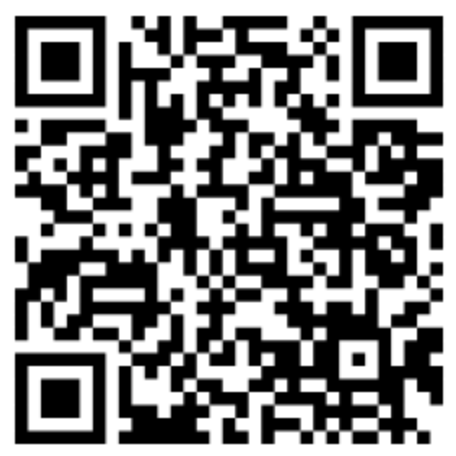As many of you know, I am much more of a people person than a machine person and have drug my feet on technology.
The fact that I am writing this blog is a miracle. However, if technology is going to help with patient progress I am willing to move on it.
I am in an international group of chiropractors that are at the cutting edge of techniques, technology and research. We travel and learn together twice per year.
In March our seminar was in Montana (I got to go dog sledding!!!). While there I had a fall and hit my head.
I was knocked out and came to with severe dizziness, head pain and vomiting. For those of you who have had a concussion, you know this is severe.

I had a more minor concussion 5 years ago and it took months to get back to normal.
One of the doctors at the seminar had a new piece of technology he was confident would help. We went back to the room and he used what is called an FSM unit on me for 35 minutes.
By the end of the session the headache had decreased 75%, the vertigo and dizziness by 90%, the vomiting stopped and the nausea subsided. Over that weekend I continued to improve dramatically and was feeling great by the time I returned home.
WOW! I had to know more and see how I could bring this to our patients.
The technology is called FSM: Frequency Specific Microcurrent. FSM is a way of treating nerve and muscle pain and many other conditions using specific frequencies and micro amperage current. It is a technique for treating pain by using low-level electrical current. The current is delivered to certain parts of the body in an attempt to relieve the pain.
According to the Cleveland Clinic, FSM is most often used to treat pain, especially nerve and muscle pain, inflammation, and scar tissue, from the following conditions:
- Shingles
- Burns
- Kidney stones
- Asthma
- Irritable bowel syndrome
- Disc injuries
- Fibromyalgia
- Diabetic neuropathy
- Neuromas (overgrowth and scarring to a nerve after an injury)
- Tendinopathy (inflammation and/or swelling of the tendon)
- Acute (sudden) and chronic (long-term) musculoskeletal injuries
- Acute and chronic neuropathic (nerve) pain
- Chronic fracture and bone pain
- Arthritis
- Torticollis (the head is tilted to one side)
- Disc injuries/discogenic- and facet-based pain
- Viscerally-referred pain
- Concussions
- Headaches
- Plantar fasciitis (pain in the heel and foot)
- Sports injuries
- Wounds
Treatment with FSM is non-invasive and painless.
The currents used in FSM are so low that the patient often does not feel them. During FSM treatment, patients may notice certain effects, including warmth and a softening of affected tissues.
Dr. Shannan, Dr. Hughes and I went for training over the last few months and have begun using it in the office. If you’re interested in finding out more, just let us know.
I’m excited to continue to blog about FSM this month. More to come…

Dr. Julia Keiser




